The Blockchain is an Ingenious Invention – It is an incorruptible digital ledger of economic transactions that can be programmed to record not just financial transactions but virtually everything of value. The brainchild of a person or group of people known by the pseudonym, Satoshi Nakamoto.
By allowing digital information to be distributed but not copied, blockchain technology has created the backbone of a new type of internet. Originally devised for the digital currency, Bitcoin, the tech community is now finding other Bitcoin has been called “digital gold” and for a good reason. To date, the total value of the currency is close to $112 billion. And blockchains can make other types of digital value. Like the internet (or your car), you don’t need to know how the blockchain works to use it.
However, having a basic knowledge of this new technology shows why it’s considered revolutionary. So, we hope you enjoy this, What Is Blockchain Guide.
How Does Blockchain Technology Work?
Information held on a blockchain exists as a shared — and continually reconciled — database. This is a way of using the network that has obvious benefits. The blockchain database isn’t stored in any single location, meaning the records it keeps are truly public and easily verifiable. No centralized version of this information exists for a hacker to corrupt. Hosted by millions of computers simultaneously, its data is accessible to anyone on the internet.
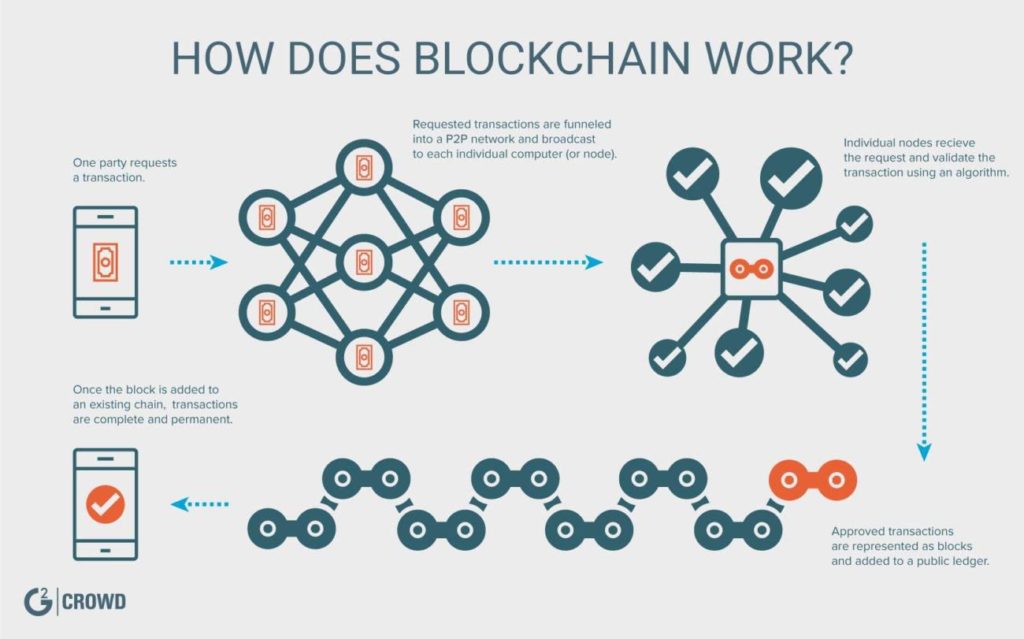 Source: G2 Crowd - https://blog.g2crowd.com/blog/trends/cybersecurity/2018-cs/blockchain/
Source: G2 Crowd - https://blog.g2crowd.com/blog/trends/cybersecurity/2018-cs/blockchain/
It's Design and Benefits
Despite all the media hype about the rise, blockchain technology is still in its infancy, meaning it’s an ideal time for designers to step in and help build new systems. Here are some tips for Initial Designers to get started thinking more deeply about blockchain, the unique experiences the technology enables, and how it could be integrated into our everyday lives.
How do we design for such complex systems?There are multiple design philosophies on the Internet, but in principle we believe there are few important to consider before a starting to create an blockchain application design :
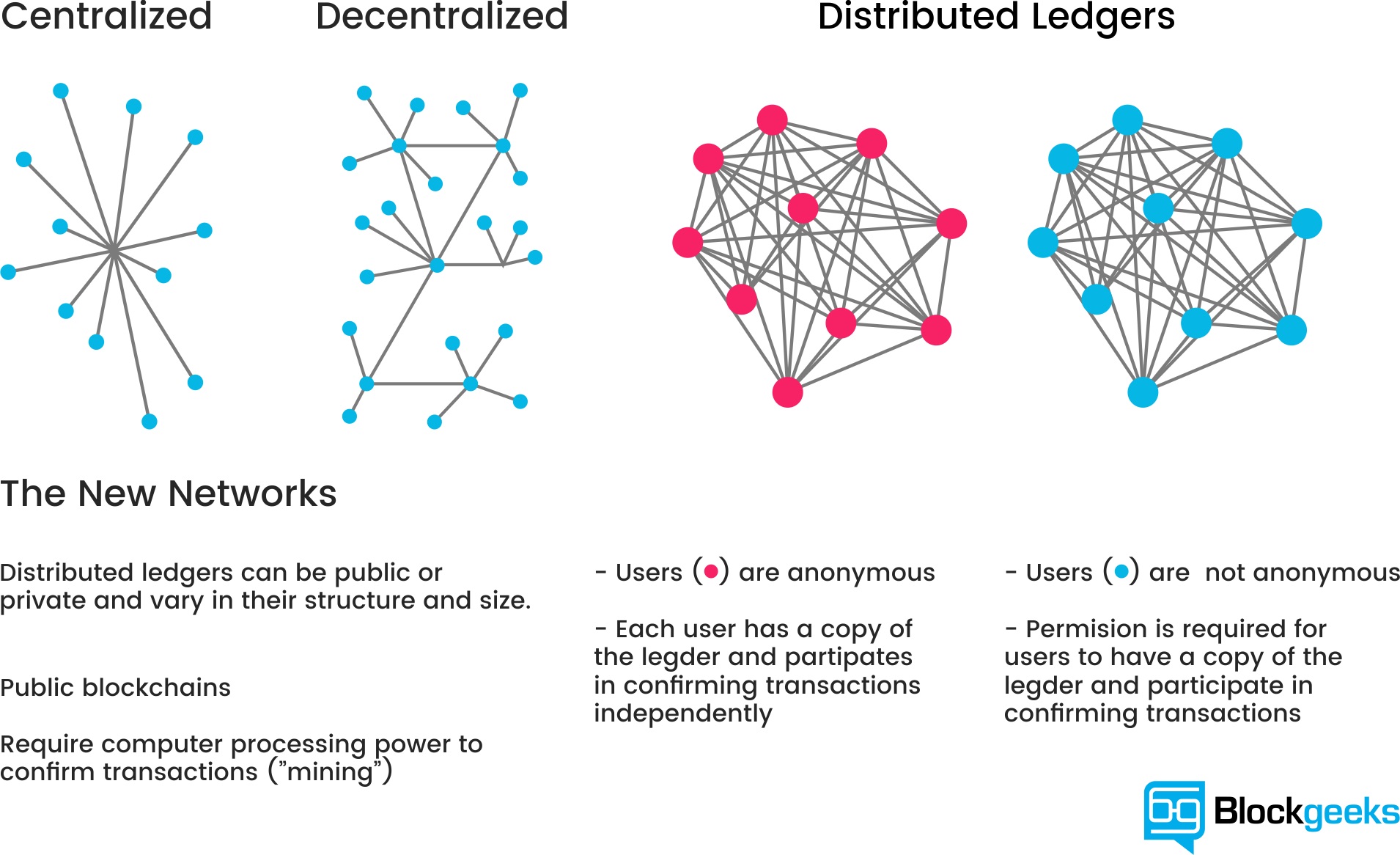
Source: https://blockgeeks.com/guides/what-is-blockchain-technology/
Basic Principles to be considered for a Blockchain Design? Exposure - The idea of decentralizationBy design, the blockchain is a decentralized technology for anything that happens on it is a function of the network as a whole. Some important implications stem from this. By creating a new way to verify transactions, aspects of traditional commerce could become unnecessary. Stock market trades become almost simultaneous on the blockchain, for instance — or it could make types of record keeping, like a land registry, fully public. And decentralization is a reality.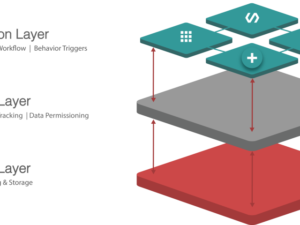
Decentralization means the network operates on a user-to-user (or peer-to-peer) basis. The forms of mass collaboration this makes possible are just beginning to be investigated.
Replacing established processes and systems with a black box can be disconcerting to a lot of users, especially when involved in moving large assets. Some people want to see and understand how blockchain technology is replacing their previous processes.
In order to create trust in the new technology, the user needs to understand and see how the application processes work. We want to help the user understand how blockchain is working for them to improve their processes, such as data visibility, audit trails, and provenance.
Examples:
- Interactive timelines showing the transformation of entities throughout the process
- Including summarized blockchain information available to the user
- Enabling the user to see a complete and concise view of their entire process and assets through interactive dashboards and visualizations
Blockchain technology is like the network in which it has a built-in robustness. By storing blocks of information that are identical across its network, the blockchain cannot:
- Be controlled by any single entity.

- Has no single point of failure.
With so many entities interacting along supply chains with different statuses and documents, It takes a lot of effort to visual design the system. With the consolidation of information into the blockchain, visual identity of assets and status become vital to usability. Empowering the user to carry out their tasks efficiently without overwhelming them is key.
How to Approach the Design - In Principle?User experience must be visually consistent across different products. This includes the general layout of the applications, colors, icons, and typography used for the user interface.
Leveraging common design patterns results in a reduction in the amount of learning required by the user. Having a consistent design allows puts users at ease, and it enables adoption and learning—which is so important, particularly with new technologies like blockchain.
Communication and Trust - Transparent and incorruptible
The blockchain network lives in a state of consensus, one that automatically checks in with itself every ten minutes. A kind of self-auditing ecosystem of a digital value, the network reconciles every transaction that happens in ten-minute intervals. Each group of these transactions is referred to as a “block”. Two important properties result from this: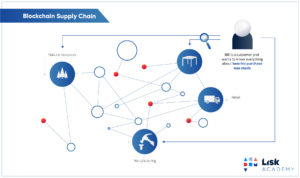
- Transparency data is embedded within the network as a whole, by definition it is public.
- It cannot be corrupted altering any unit of information on the blockchain would mean using a huge amount of computing power to override the entire network.
While many blockchain applications are similar to commonly understood technology solutions, they can be significantly different. The understanding that we’re designing a platform that can have a wide range of user types entering at different stages of the process. Some of these users are highly analytical and technical, looking for fine-grained detail, while others just have simple tasks to carry out.
Knowing our users is central to the process, especially operating cross-border. The language used in the applications should be clear, concise, and in alignment with the user’s natural communication patterns. Because the very definition of blockchain is distributed, designing user interfaces with internationalization in mind is key.
Examples -
- Global user mindset. Keeping in mid that these products are used around the world - so we have to keep this in the front of our minds throughout the design process.
- Clear user personas that take into account their subject matter knowledge and level of interaction in the process.
- How can we help the user carry out their tasks more efficiently? We ask this question to work out how we can build smarter applications.
Addressing Trust: When dealing with highly sensitive data, maintaining the user’s trust is critical. Users must perceive the applications to be reliable, trustworthy, and stable. This is accomplished through data exposure, consistency, feedback, and active guidance. Designing this into a products means providing the user with clear feedback and active guidance through the task at hand.
Examples of how to apply this principle:
- No assumptions - by making it clear to the user what they have done or are about to do, which is especially important in financial trading applications
- Design On-boarding into the product
- Ensure we have a clear and up-to-date security model that the whole team knows about
To summarize, designing an interface for leveraging blockchain technology is an exciting challenge and a totally new experience. The closer you get to it, the more it opens up a new set of possibilities. In many ways, blockchain technology brings a real transformation, and when aligned with design thinking could be a catalyst for a new wave of user experiences that may very well change how users interact between themselves and via applications.
It’s important to appreciate the effect this will have on our users and their day-to-day tasks. There’s always a danger of alienating the user when introducing new ideas and concepts, so it’s critical to have them at the center of the process. Having a strong set of principles at the core of the design process helps with this—and it focuses the team’s thinking.
The Future of Blockchain Technology?
The blockchain gives internet users the ability to create value and authenticates digital information. What will new business applications result?
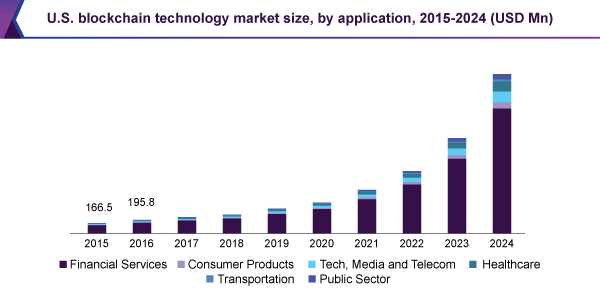
- The Blockchain is the New Web (DWeb) - The decentralised web, or DWeb, could be a chance to take control of our data back from the big tech firms. So how does it work and when will it be here? (Click to read the next big step for the world wide web)
-
Smart contracts
Distributed ledgers enable the coding of simple contracts that will execute when specified conditions are met. Ethereum is an open source blockchain project that was built specifically to realize this possibility. Still, in its early stages, Ethereum has the potential to leverage the usefulness of blockchains on a truly world-changing scale. (Click to Know more about the Ethereum Blockchain Project) At the technology’s current level of development, smart contracts can be programmed to perform simple functions. For instance, a derivative could be paid out when a financial instrument meets certain benchmark, with the use of blockchain technology and Bitcoin enabling the payout to be automated. -
The sharing economy
With companies like Uber and AirBnB flourishing, the sharing economy is already a proven success. Currently, however, users who want to hail a ride-sharing service have to rely on an intermediary like Uber. By enabling peer-to-peer payments, the blockchain opens the door to direct interaction between parties — a truly decentralized sharing economy results. An early example, OpenBazaar uses the blockchain to create a peer-to-peer eBay. Download the app onto your computing device, and you can transact with OpenBazzar vendors without paying transaction fees. The “no rules” ethos of the protocol means that personal reputation will be even more important to business interactions than it currently is on eBay. -
Crowdfunding
Crowdfunding is the use of small amounts of capital from a large number of individuals to finance a new business venture. Crowdfunding makes use of the easy accessibility of vast networks of people through social media and crowdfunding websites to bring investors and entrepreneurs together, and has the potential to increase entrepreneurship by expanding the pool of investors from whom funds can be raised beyond the traditional circle of owners, relatives and venture capitalists. Read more:Crowdfundinghttps://www.investopedia.com/terms/c/crowdfunding.asp#ixzz5Tr6rGV9S
Blockchains take this interest to the next level, potentially creating crowd-sourced venture capital funds. In 2016, one such experiment, the Ethereum-based DAO (Decentralized Autonomous Organization), raised an astonishing $200 million USD in just over two months. Participants purchased “DAO tokens” allowing them to vote on smart contract venture capital investments (voting power was proportionate to the number of DAO they were holding). A subsequent hack of project funds proved that the project was launched without proper due diligence, with disastrous consequences. Regardless, the DAO experiment suggests the blockchain has the potential to usher in “a new paradigm of economic cooperation.”
-
Governance
By making the results fully transparent and publicly accessible, distributed database technology could bring full transparency to elections or any other kind of poll taking. Ethereum-based smart contracts help to automate the process. The app, Boardroom, enables organizational decision-making to happen on the blockchain. In practice, this means company governance becomes fully transparent and verifiable when managing digital assets, equity or information. -
Supply chain auditing
Consumers increasingly want to know that the ethical claims companies make about their products are real. Distributed ledgers provide an easy way to certify that the backstories of the things we buy are genuine. Transparency comes with blockchain-based timestamping of a date and location — on ethical diamonds, for instance — that corresponds to a product number. The UK-based Provenance offers supply chain auditing for a range of consumer goods. Making use of the Ethereum blockchain, a Provenance pilot project ensures that fish sold in Sushi restaurants in Japan has been sustainably harvested by its suppliers in Indonesia. -
File storage
Decentralizing file storage on the internet brings clear benefits. Distributing data throughout the network protects files from getting hacked or lost. Inter Planetary File System (IPFS) makes it easy to conceptualize how a distributed web might operate. Similar to the way a bittorrent moves data around the internet, IPFS gets rid of the need for centralized client-server relationships (i.e., the current web). An internet made up of completely decentralized websites has the potential to speed up file transfer and streaming times. Such an improvement is not only convenient. It’s a necessary upgrade to the web’s currently overloaded content-delivery systems. -
Prediction markets
The crowdsourcing of predictions on event probability is proven to have a high degree of accuracy. Averaging opinions cancels out the unexamined biases that distort judgment. Prediction markets that payout according to event outcomes are already active. Blockchains are a “wisdom of the crowd” technology that will no doubt find other applications in the years to come. The prediction market application Augur makes share offerings on the outcome of real-world events. Participants can earn money by buying into the correct prediction. The more shares purchased in the correct outcome, the higher the payout will be. With a small commitment of funds (less than a dollar), anyone can ask a question, create a market based on a predicted outcome, and collect half of all transaction fees the market generates. -
Protection of intellectual property
As is well known, digital information can be infinitely reproduced — and distributed widely thanks to the internet. This has given web users globally a goldmine of free content. However, copyright holders have not been so lucky, losing control over their intellectual property and suffering financially as a consequence. Smart contracts can protect copyright and automate the sale of creative works online, eliminating the risk of file copying and redistribution. Mycelia uses the blockchain to create a peer-to-peer music distribution system. Founded by the UK singer-songwriter Imogen Heap, Mycelia enables musicians to sell songs directly to audiences, as well as license samples to producers and divvy up royalties to songwriters and musicians — all of these functions being automated by smart contracts. The capacity of blockchains to issue payments in fractional cryptocurrency amounts (micropayments) suggests this use case for the blockchain has a strong chance of success. -
Internet of Things (IoT)
A decentralized approach to IoT networking would solve many of the questions above. Adopting a standardized peer-to-peer communication model to process the hundreds of billions of transactions between devices will significantly reduce the costs associated with installing and maintaining large centralized data centers and will distribute computation and storage needs across the billions of devices that form IoT networks. This will prevent failure in any single node in a network from bringing the entire network to a halting collapse. However, establishing peer-to-peer communications will present its own set of challenges, chief among them the issue of security. And as we all know, IoT security is much more than just about protecting sensitive data. The proposed solution will have to maintain privacy and security in huge IoT networks and offer some form of validation and consensus for transactions to prevent spoofing and theft.
To perform the functions of traditional IoT solutions without a centralized control, any decentralized approach must support three fundamental functions:
However, establishing peer-to-peer communications will present its own set of challenges, chief among them the issue of security. And as we all know, IoT security is much more than just about protecting sensitive data. The proposed solution will have to maintain privacy and security in huge IoT networks and offer some form of validation and consensus for transactions to prevent spoofing and theft.
To perform the functions of traditional IoT solutions without a centralized control, any decentralized approach must support three fundamental functions:
- Peer-to-peer messaging
- Distributed file sharing
- Autonomous device coordination
-
Neighbourhood Microgrids
Blockchain technology enables the buying and selling of the renewable energy generated by neighborhood microgrids. When solar panels make excess energy, Ethereum-based smart contracts automatically redistribute it. Similar types of smart contract automation will have many other applications as the IoT becomes a reality. Located in Brooklyn, Consensys is one of the foremost companies globally that is developing a range of applications for Ethereum. One project they are partnering on is Transactive Grid, working with the distributed energy outfit, LO3. A prototype project currently up and running uses Ethereum smart contracts to automate the monitoring and redistribution of microgrid energy. This so-called “intelligent grid” is an early example of IoT functionality. -
AML and KYC
Anti-money laundering (AML) and know your customer (KYC) practices have a strong potential for being adapted to the blockchain. Currently, financial institutions must perform a labour intensive multi-step process for each new customer. KYC costs could be reduced through cross-institution client verification, and at the same time increase monitoring and analysis effectiveness. Startup Polycoin has an AML/KYC solution that involves analysing transactions. Those transactions identified as being suspicious are forwarded on to compliance officers. Another startup Tradle is developing an application called Trust in Motion (TiM). Characterized as an “Instagram for KYC”, TiM allows customers to take a snapshot of key documents (passport, utility bill, etc.). Once verified by the bank, this data is cryptographically stored on the blockchain. -
Personal Data management
Today, in exchange for their personal data people can use social media platforms like Facebook for free. In future, users will have the ability to manage and sell the data their online activity generates. This characteristic of encrypted distributed ledgers has big implications for identity systems. You can keep certified copies of identity documents, biometric test results, health data, or academic and training certificates online, available at all times, yet safe unless you give away your key. At a whole system level, the database is very secure. Each single ledger entry among billions would need to be found and then individually “cracked” at great expense in time and computing, making the database as a whole very safe. Distributed ledgers seem ideal for private distributed identity systems, and many organizations are working to provide such systems to help people manage the huge amount of paperwork modern society requires to open accounts, validate yourself, or make payments. Taken a small step further, these systems can help you keep relevant health or qualification records at your fingertips. Using “smart” ledgers, you can forward your documentation to people who need to see it, while keeping control of access, including whether another party can forward the information. You can even revoke someone’s access to the information in the future. The MIT project Enigma understands that user privacy is the key precondition for creating of a personal data marketplace. Enigma uses cryptographic techniques to allow individual data sets to be split between nodes, and at the same time run bulk computations over the data group as a whole. Fragmenting the data also makes Enigma scalable (unlike those blockchain solutions where data gets replicated on every node). A Beta launch is promised within the next six months. -
Stock trading
The potential for added efficiency in share settlement makes a strong use case for blockchains in stock trading. When executed peer-to-peer, trade confirmations become almost instantaneous (as opposed to taking three days for clearance). Potentially, this means intermediaries — such as the clearing house, auditors and custodians — get removed from the process.
Numerous stock and commodities exchanges are prototyping blockchain applications for the services they offer, including the ASX (Australian Securities Exchange), the Deutsche Börse (Frankfurt’s stock exchange) and the JPX (Japan Exchange Group). Most high profile because the acknowledged first mover in the area, is the Nasdaq’s Linq, a platform for private market trading (typically between pre-IPO startups and investors). A partnership with the blockchain tech company Chain, Linq announced the completion of it its first share trade in 2015. More recently, Nasdaq announced the development of a trial blockchain project for proxy voting on the Estonian Stock Market.
CONCLUSION:
In conclusion - Blockchain is definitely going to be one of the most sought after Technologies in Future and business revenues estimated to be in Trillions of Dollars.
- It is also useful to understand blockchains in the context of bitcoin, but you should not assume that all blockchain ecosystems need bitcoin mechanism.
- Bitcoin was the first attempt at maintaining a decentralised, public ledge with no formal control or governance. Blockchains and Private Distributed Ledgers can be deployed to solve varied sets of business problems.
- As ever there are always trade-offs and pros and cons to each solution. Hence, solutions needs to be considered individually based on the scenario's
Sources: Satoshi Nakamoto: https://en.wikipedia.org/wiki/Satoshi_Nakamoto Future of Blockchain: Smart Contracts: https://en.wikipedia.org/wiki/Smart_contract Ethereum: https://www.forbes.com/sites/bernardmarr/2018/02/02/blockchain-a-very-short-history-of-ethereum-everyone-should-read/#563d57f81e89 Crowdfunding: https://www.investopedia.com/terms/c/crowdfunding.asp#ixzz5Tr6rGV9S






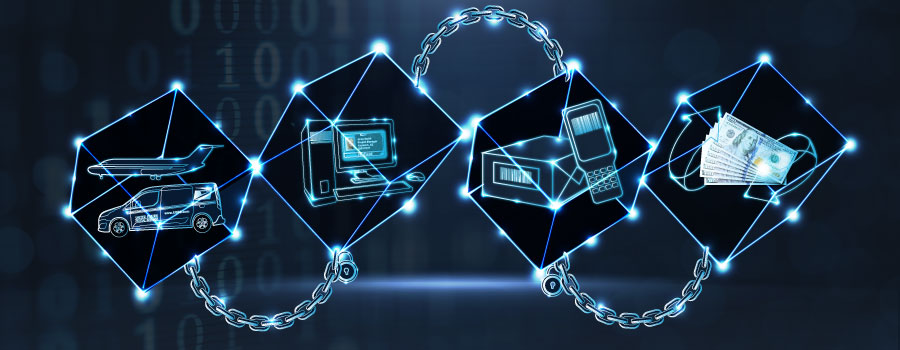
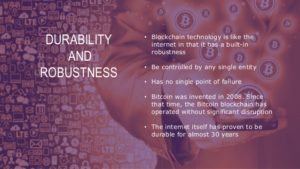
 However, establishing peer-to-peer communications will present its own set of challenges, chief among them the issue of security. And as we all know, IoT security is much more than just about protecting sensitive data. The proposed solution will have to maintain privacy and security in huge IoT networks and offer some form of validation and consensus for transactions to prevent spoofing and theft.
To perform the functions of traditional IoT solutions without a centralized control, any decentralized approach must support three fundamental functions:
However, establishing peer-to-peer communications will present its own set of challenges, chief among them the issue of security. And as we all know, IoT security is much more than just about protecting sensitive data. The proposed solution will have to maintain privacy and security in huge IoT networks and offer some form of validation and consensus for transactions to prevent spoofing and theft.
To perform the functions of traditional IoT solutions without a centralized control, any decentralized approach must support three fundamental functions:




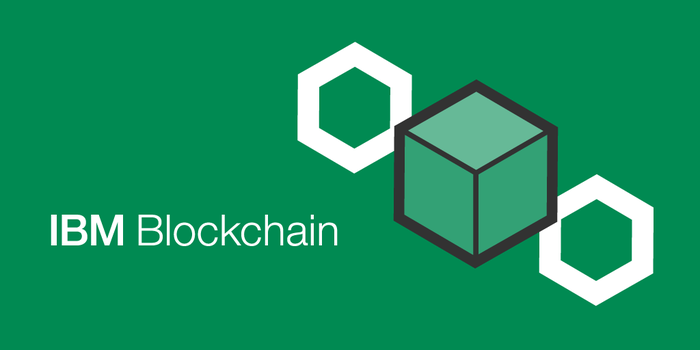
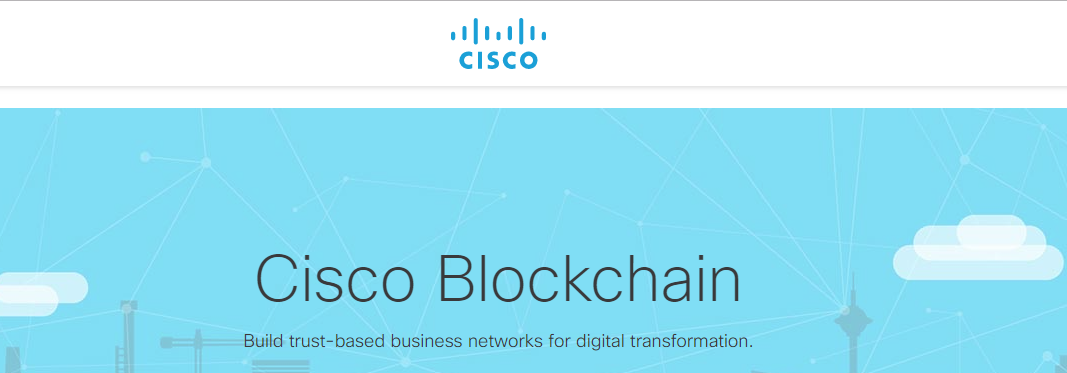

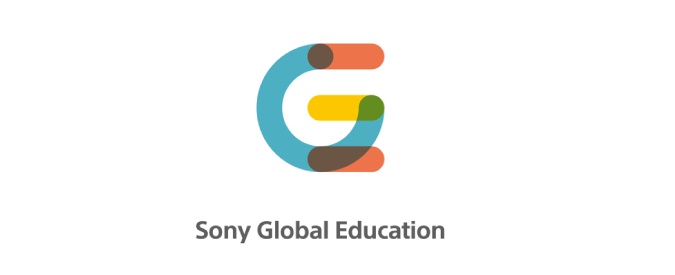



Leave a Reply